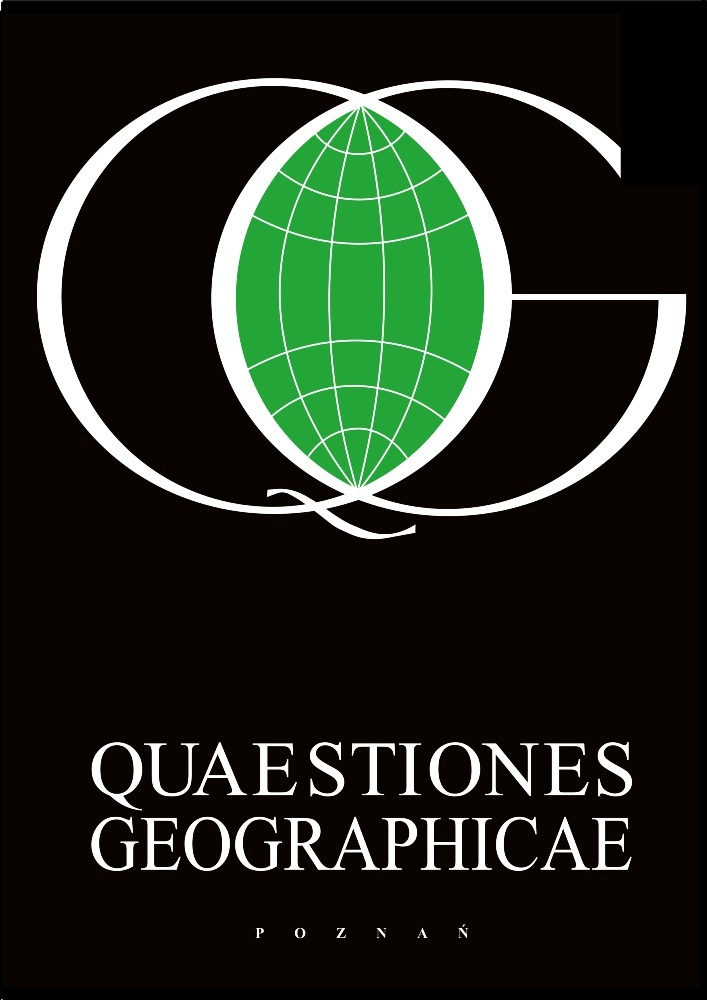Abstract
In Slovakia, there are three unique, historical mining towns, Banská Bystrica, Banská Štiavnica and Kremnica, that have been successfully turned into creative cultural centres. The historical and cultural values of those towns have stood the test of time and become a magnet for a new and creative class of people looking to escape the brutality of high modernity (modern urban centres) and find a source of inspiration based on historical nostalgic sentimentalism — the basis for a new creative and cultural industry for rural areas. The main objective of this paper is to analyse the cultural and creative industries of these three unique historical mining centres with an eye to replicating their knowledge in other communities in economic stress. The paper will first explore concepts relating to cultural and creative industries with an eye towards nostalgic sentimentalism that is an important antithesis to high modernity, and even post-modernity. The second part will analyse the cultural and creative industries of the three centres based on primary data collected from several research projects in this area. The final part will provide some recommendations for the facilitation of creative and cultural enterprises in regional redevelopment. It also contains policy recommendations for the self-government of the region for a more effective and rational exploitation of the existing potential hiding in plain view.
References
Appignanesi R., Sardar Z., Curry P., 1995. Post-modernism for beginners. Icon Books, Cambridge.
Batcho K., 2013. Nostalgia: Retreat or support in difficult times? The American Journal of Psychology 126(3): 355–367.
Borseková K., Petríková K., Primož P., 2014. Creativity and intangibles in the public sector: Sources and socio-economic importance. Mednarodna revija za javno upravo. Fakulteta za upravo, Ljubljana: 103–120.
Borseková K., Petríková K., Vaňová A., 2012. The methodology of use and building competitive advantage on the regional level. Journal of Security and Sustainability Issues 2(1): 41–50.
Borseková K., Vaňová s., 2011. Competitive advantage of Slovak Republic. International Journal of Multidisciplinary Thought 1(4): 237–257.
Boym S., 2002. The future of nostalgia. Basic Books, New York: 19–22.
Cole D., Mazureková M., 2014. Creating favourable conditions for tourism development in Slovakia. Univerzita Mateja Bela v Banskej Bystrici, Banská Bystrica: 79–88.
Geweke J. (ed.), 1992. Decision making under risk and uncertainty: New models and empirical findings. Kluwer Academic Publishers, Dordrecht, Netherlands.
Giddens A., 1990. The consequences of modernity. Polity Press, Cambridge.
Knight F., 1941. Review of Melville J. Herskovits’ ‘economic anthropology’. Journal of Political Economy 49: 247–258.
Kitson M., Martin R., Tyler P., 2004. Regional competitiveness: An elusive yet key concept? Regional Studies 38(9): 991–999.
Martin R., 2002. A study on the factors of regional competitiveness. 184 p. Online: http://ec.europa.eu/regional_policy/sources/docgener/studies/pdf/3cr/competitiveness.pdf (accessed 20 Feb. 2015).
Martin R., 2005. Thinking about regional competitiveness: Critical issues. East Midlands Development Agency, Nottingham, UK.
Pompurová K., 2011. Teoretické prístupy ku skúmaniu cieľového miesta cestovného ruchu. Ekonomická revue cestovného ruchu 45(3): 135–150.
Poussin G., Schischlik A., 2005. Cultural industries. Bureau of Publications, http://www.unesco.org/bpi/pdf/memobpi25_culturalindustries_en.pdf (accessed 27 Feb. 2015).
Power D., 2011. Priority sector report: Creative and cultural industries. European Cluster Observatory, Enterprise and Industry, European Commission.
Routledge C., Arndt J., Wildschut T., Sedikides C., Hart C., 2011. The past makes the present meaningful: Nostalgia as an existential resource. Journal of Personality and Social Psychology 101(3): 638–652.
Routledge C., Wildschut T., Sedikides C., Juhl J., Arndt J., 2012. The power of the past: Nostalgia as a meaning-making resource. Memory 20(5): 452–460.
Scott J., 1998. Seeing like a state: How certain schemes to improve the human condition have failed. Yale University Press, New Haven.
Solomon R.M., Marshall G.W., Stuart E.W., 2006. Marketing: Real people, real choices. Computer Press, Brno.
Söndermann M., Backes Ch., Arndt O., Brünink D., 2009. Culture and creative industries in Germany: Defining the common characteristics of the heterogeneous core branches of the “cultural industries” from macro-economic perspective. Bundesministerium für Wirtschaft und Technologie, Cologne, Bremen, Berlin.
Sternberg R.G., 2006. The nature of creativity. Creativity Research Journal 18(1): 87–98.
UNESCO, 2003. Convention for the Safeguarding of the Intangible Cultural Heritage. http://www.unesco.org/culture/ich/index.php?pg=00006 (accessed 4 April 2014).
UNESCO, 2005. Convention on the Protection and Promotion of the Diversity of Cultural Expressions. http://unesdoc.unesco.org/images/0014/001429/142919e.pdf.
Vaňová Petríková K., Borseková K., 2010. Marketing places as a tool of territorial development and its application in region Liptov. National School of Political Studies and Public Administration, Bucharest: 1–10.
Vess M., Arndt J., Routledge C., Sedikides C., Wildschut T., 2012. Nostalgia as a resource for the self. Self and Identity 11(3): 273–284.
Zhou X., Sedikides C., Wildschut T., Gau D., 2008. Counteracting loneliness: On the restorative function of nostalgia. Psychological Science 19(10): 1023–1029.
License
© Faculty of Geographical and Geological Sciences, Adam Mickiewicz University.
This work is licensed under the Creative Commons Attribution-NonCommercial-NoDerivatives 3.0 License.
